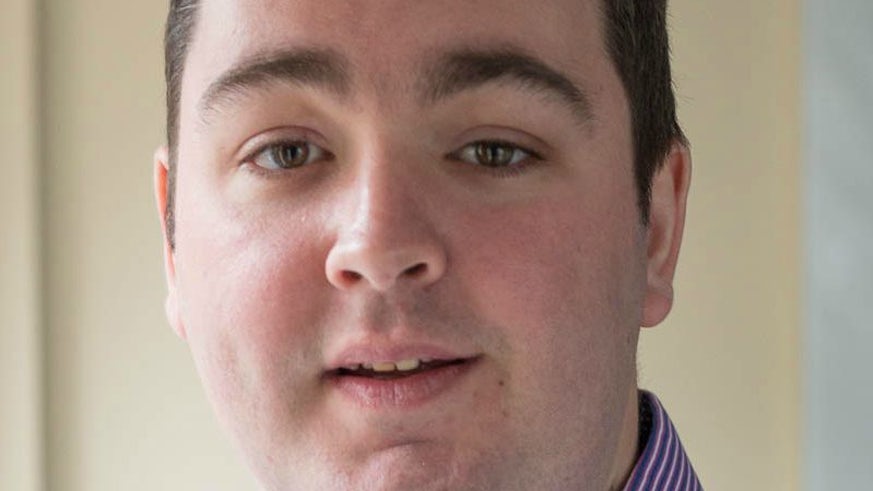Expert examines traditional dialects
21 July 2016

A Cardiff University linguist is examining traditional Welsh dialects that are dying out in the area hosting this year’s National Eisteddfod.
With the help of two respected experts, Dr Iwan Wyn Rees, of the School of Welsh, will also look at how traditional Welsh dialects recorded around Abergavenny differ from other parts of the country.
Dr Rees said: “Due to the popularity of last year's panel discussion on the Welsh dialects of Montgomeryshire, this year's session will concentrate on dialects recorded in areas around Abergavenny, including parts of Brecknockshire and the Heads of the Valleys.
“Contrary to the situation in Montgomeryshire however, the traditional Welsh dialects of these areas are extremely rare, or have died out completely, due to the decline of the Welsh language in these parts of Wales.
“Consequently, studies carried out in the second half of the 20th century by Professor Glyn Jones and Mary Wiliam, among others, are invaluable to our understanding of Welsh varieties in areas which are commonly described as ‘anglicised’ parts of Wales.”
Professor Jones, former head of the School of Welsh at Cardiff University, and Mrs Wiliam, former curator and researcher of dialects at St Fagans National History Museum, will join Dr Rees for a panel discussion at the Eisteddfod at 12:00 on Friday, 5 August.
Dr Rees is also giving a talk on the same day at 14:00 at the Literature Wales pavilion about TJ Morgan, who was Professor of Welsh at Swansea University and father of former First Minister Rhodri Morgan, and his recordings of the “last Welsh speakers” in the Abergavenny area.
At last year’s Eisteddfod in Meifod, Powys, Dr Rees used the Eisteddfod to gather information about linguistic developments in Wales.
“As somebody who has concentrated mainly on dialects in mid Wales, I am often asked by curious Welsh speakers about similarities between the linguistic features of mid Wales and those of 'Gwenhwyseg', the traditional dialect of south-east Wales,” said Dr Rees.
“Without any doubt, Professor Jones and Mary Wiliam will be able to shed light on these intriguing issues, and explain also how the Welsh of Brecknockshire relates to other varieties of Welsh.
“I am also looking forward to playing TJ Morgan's recordings of what he regarded as the ‘last Welsh speakers’ in the Abergavenny area.
“T J Morgan carried out lots of fieldwork in areas where Welsh was in decline, and I'm sure that the vivid description that he gives in one of his belles-lettres of his encounter with the death of the Welsh language - an experience that was mystical for him at the time - will not only fascinate but astonish Welsh speakers today.”
This year’s National Eisteddfod takes place at Castle Meadows, Abergavenny, from 29 July to 6 August.
The University’s pavilion is staging a wide variety of events and will feature family activities, films, refreshments and free wifi.
Information will be available about how the University helps boost the Welsh economy and supports communities around Wales.
Several events will form part of the Summer of Innovation, a celebration of the University’s innovative work that will bring people together from academia, industry and the public sector to build and strengthen connections and partnerships.
